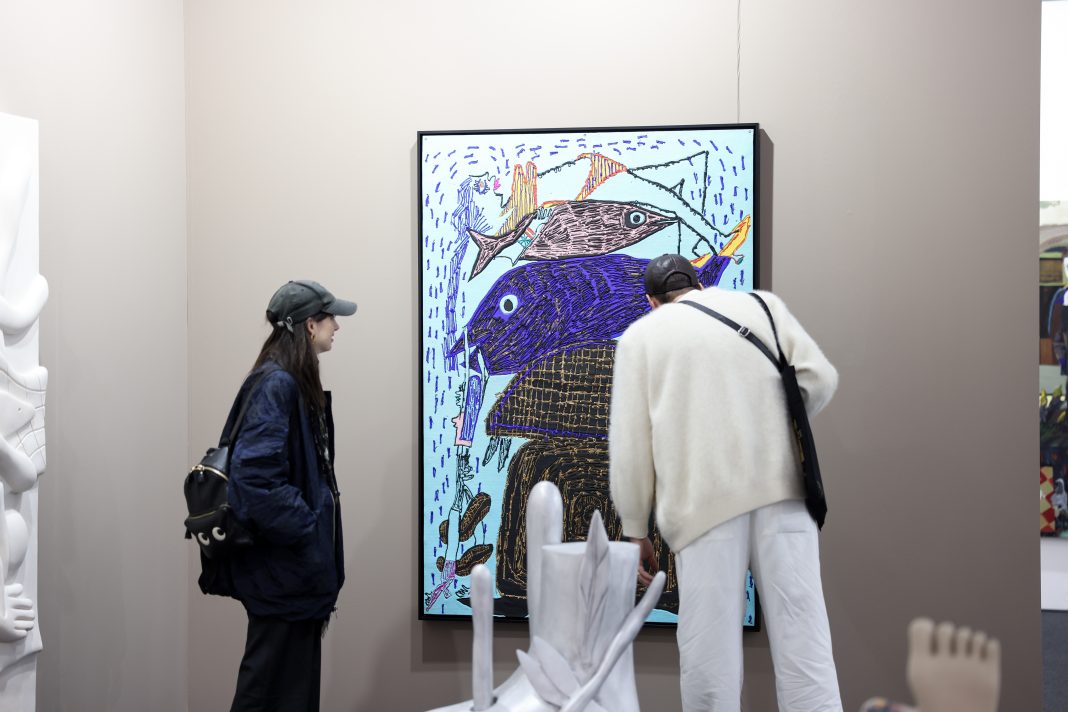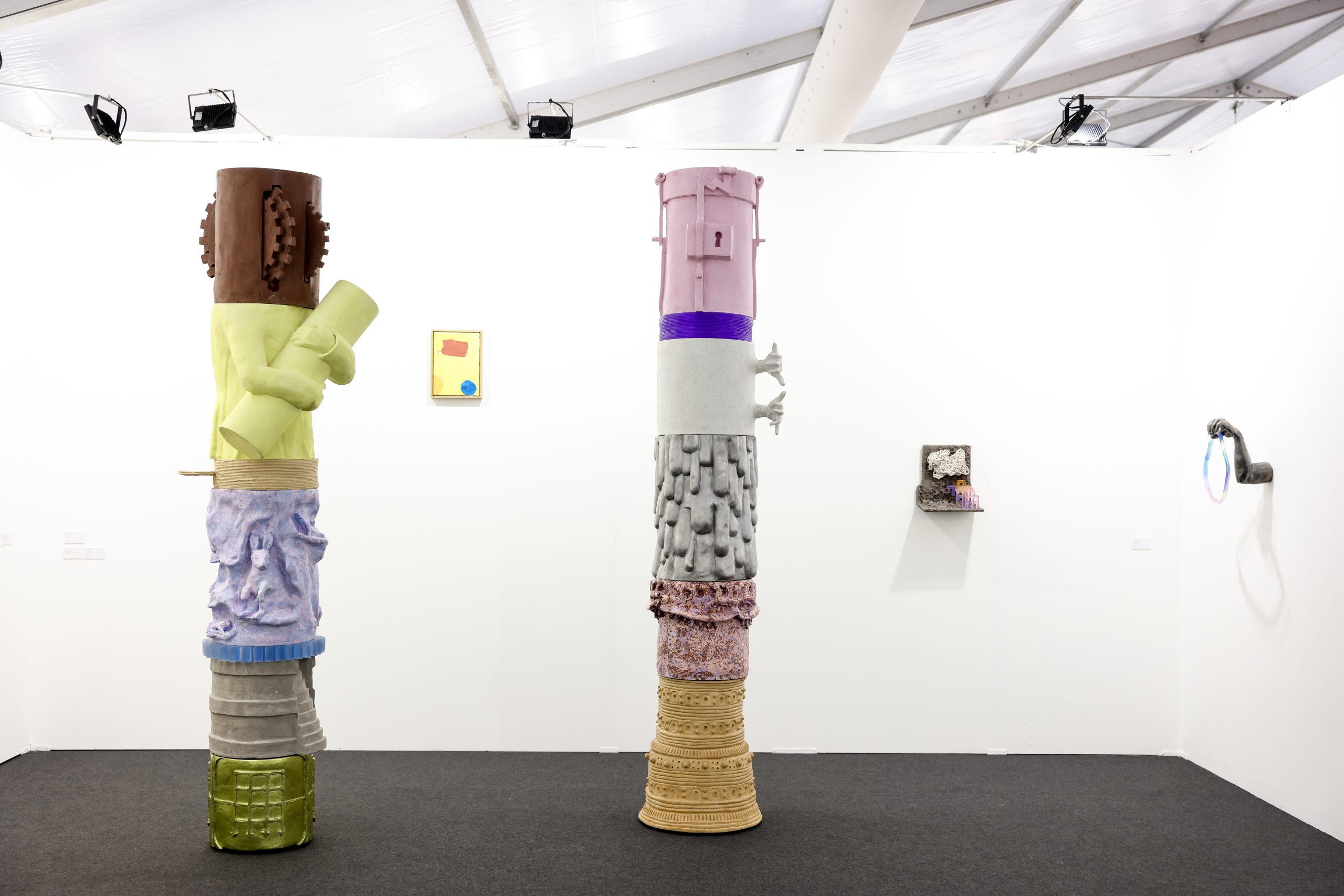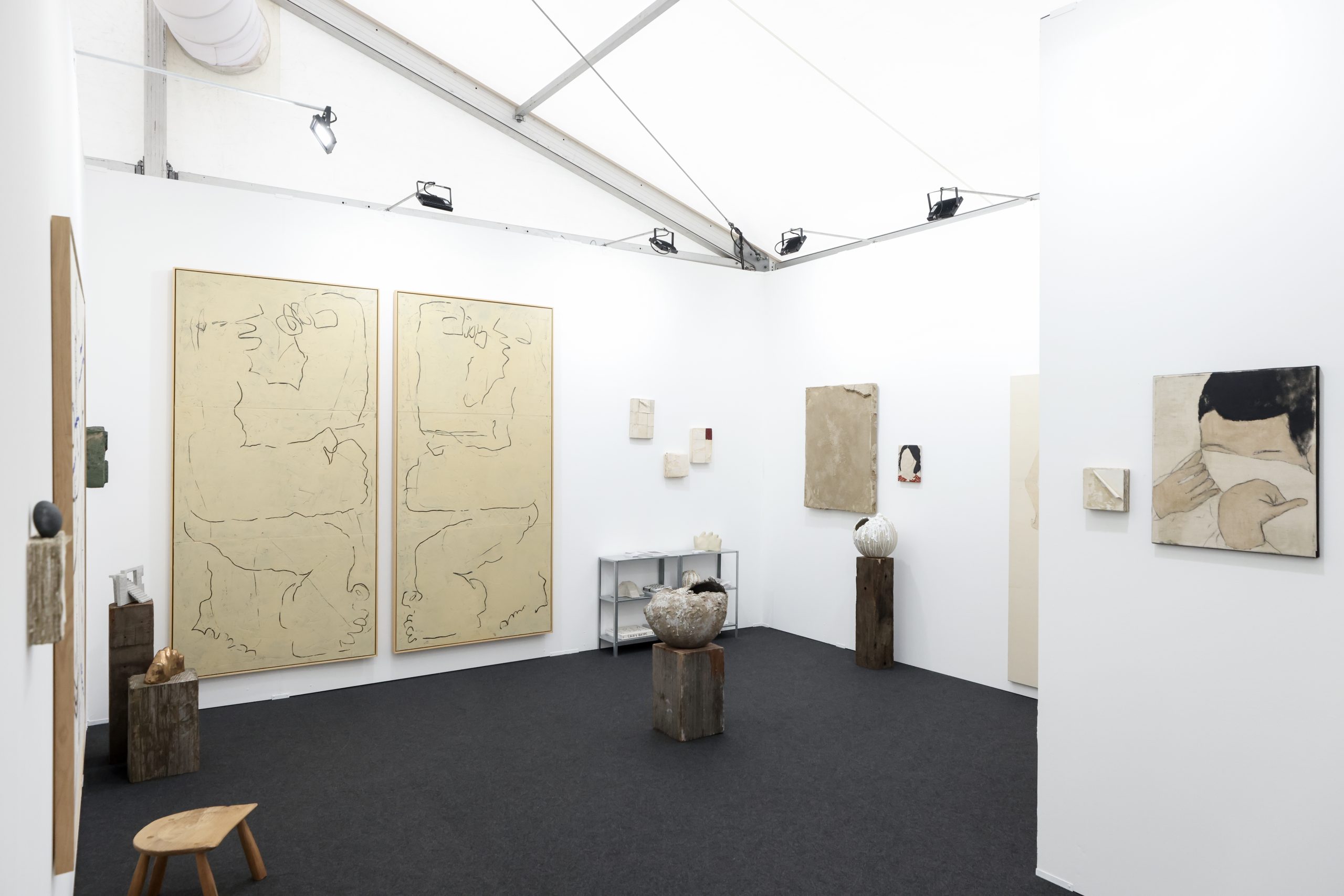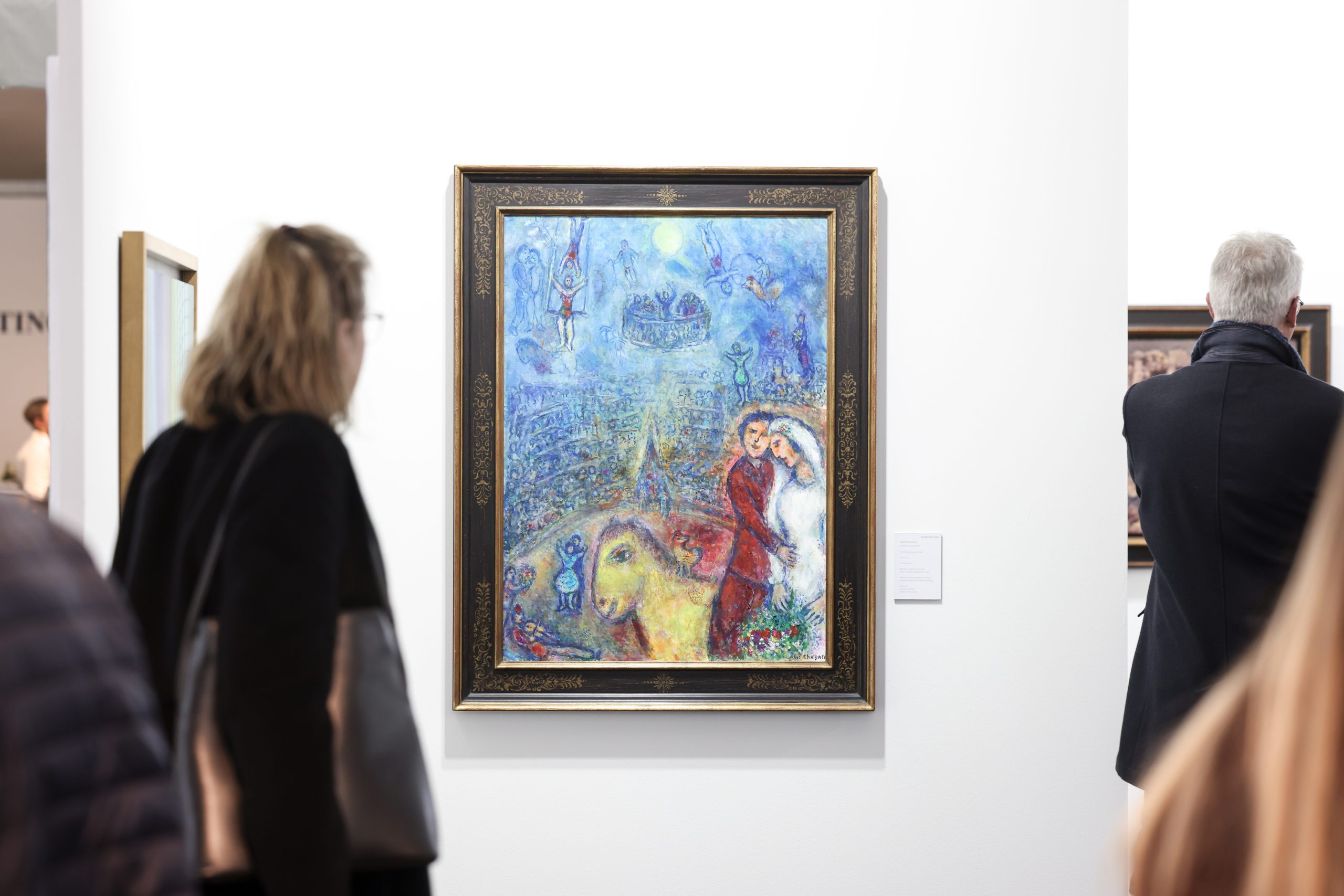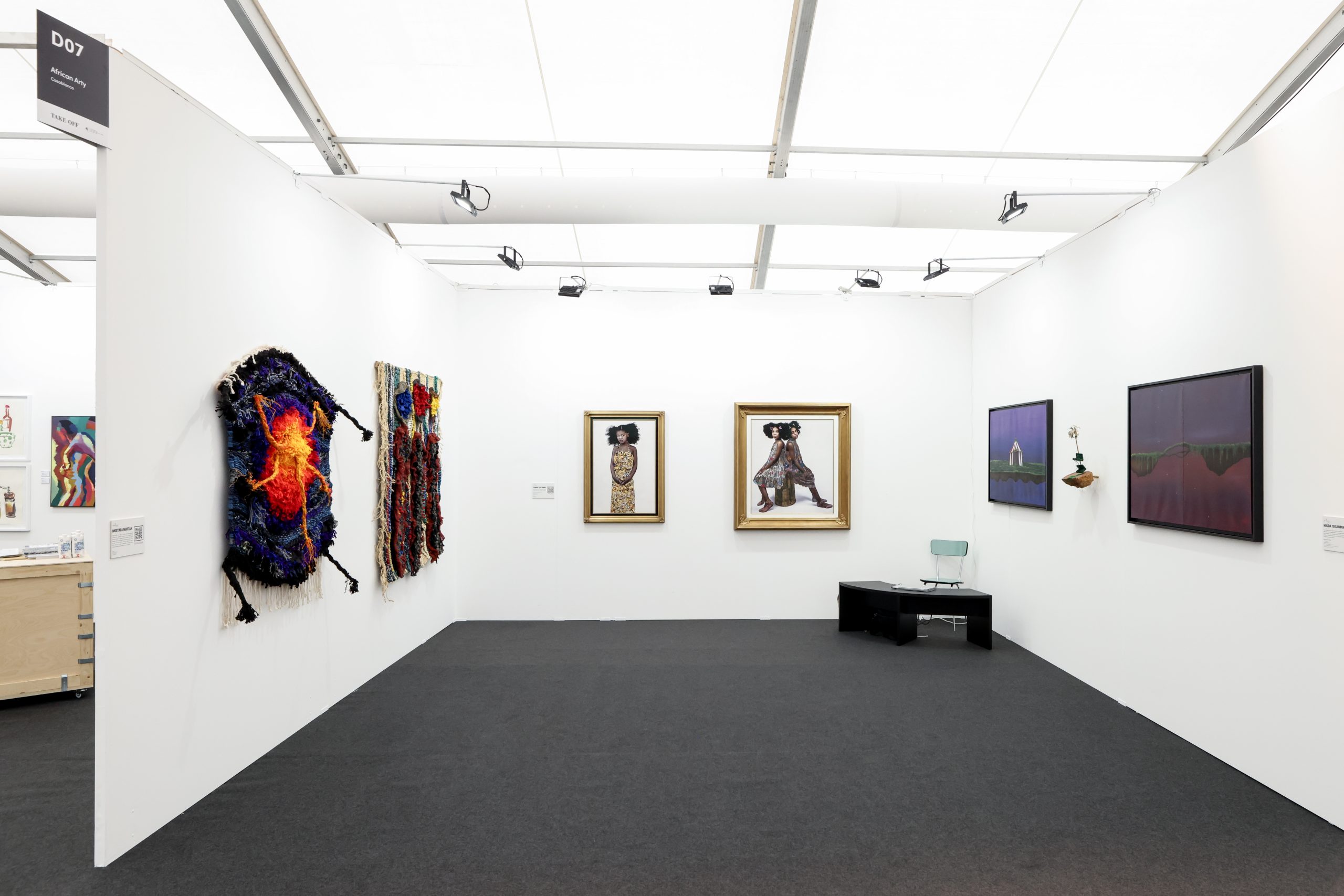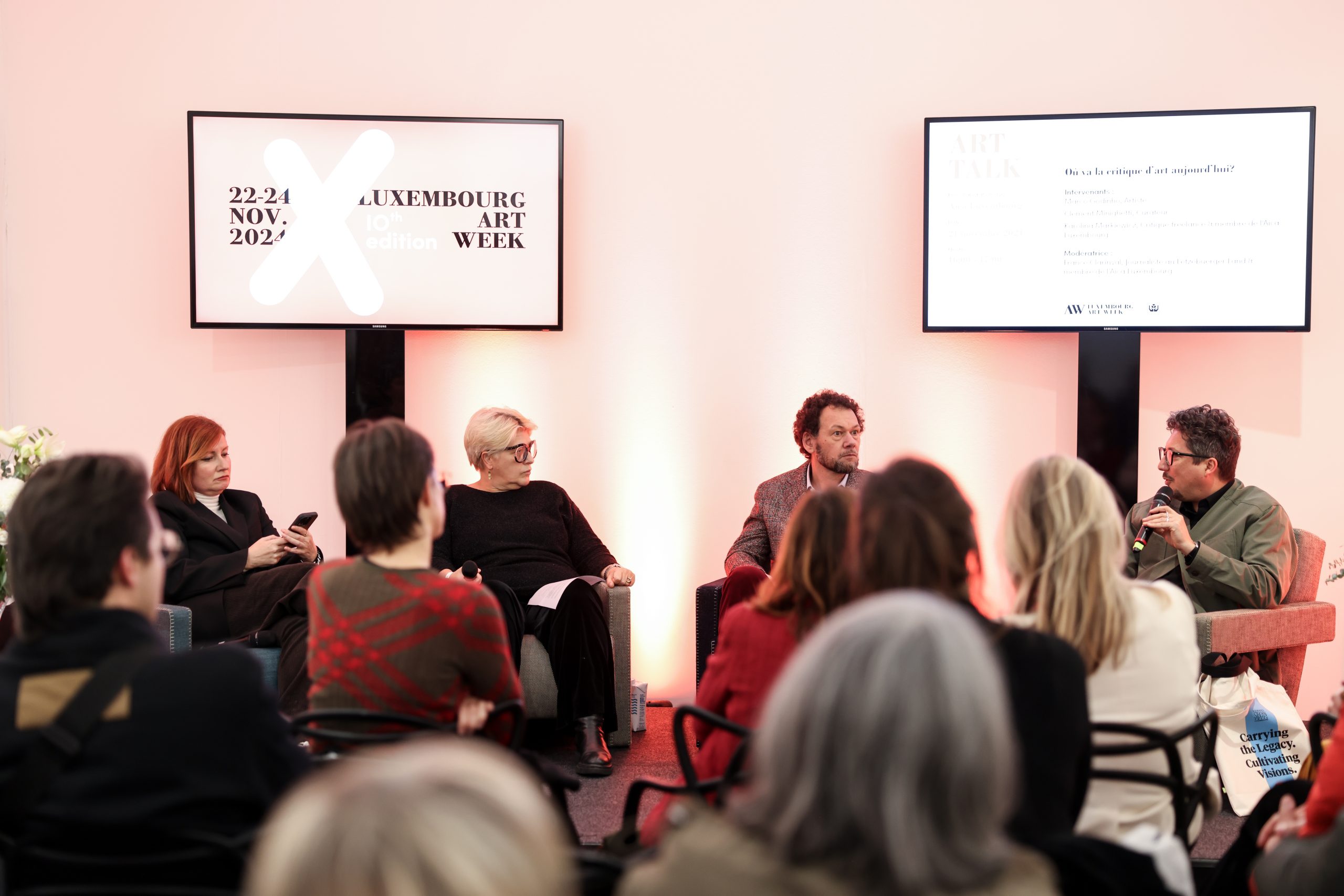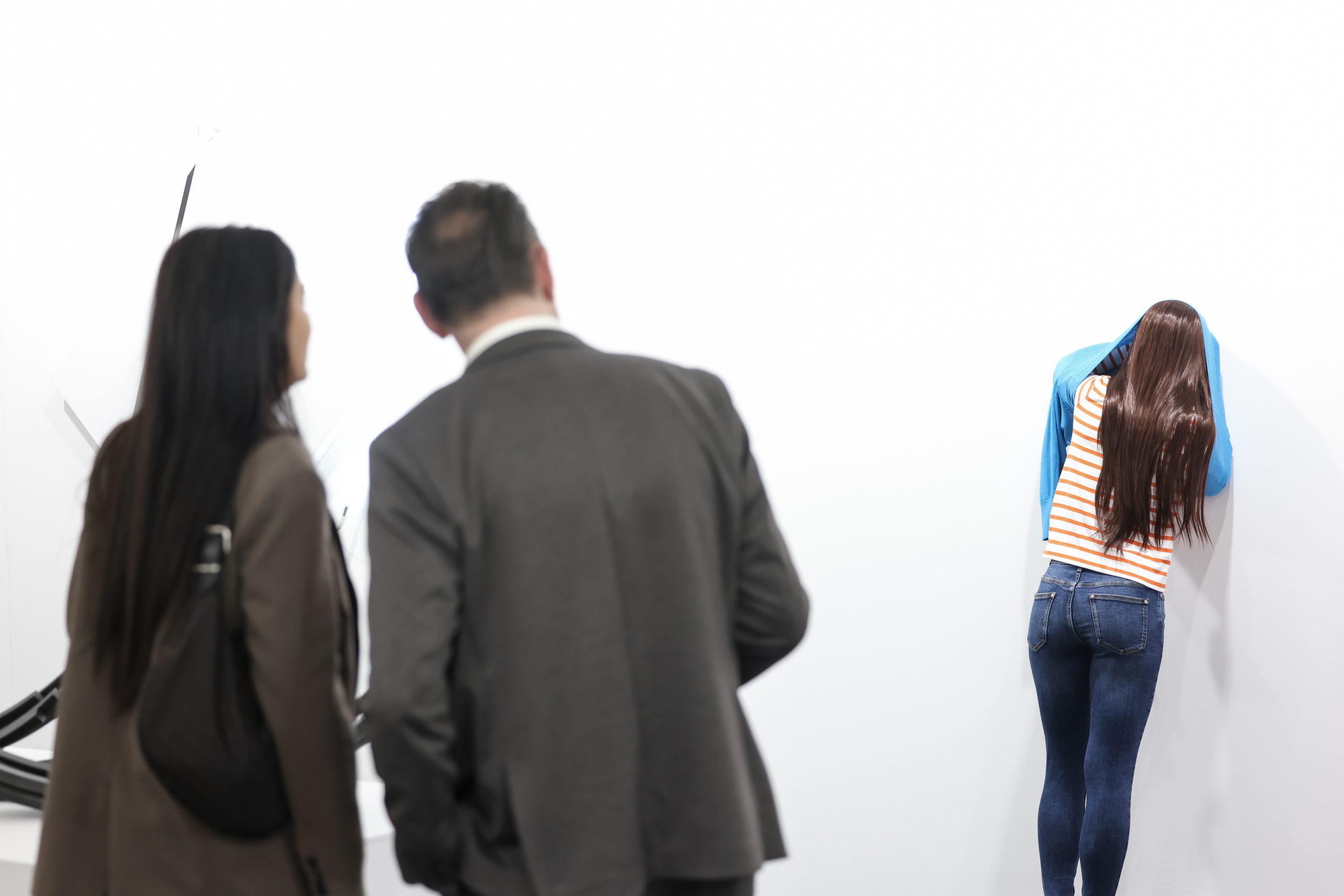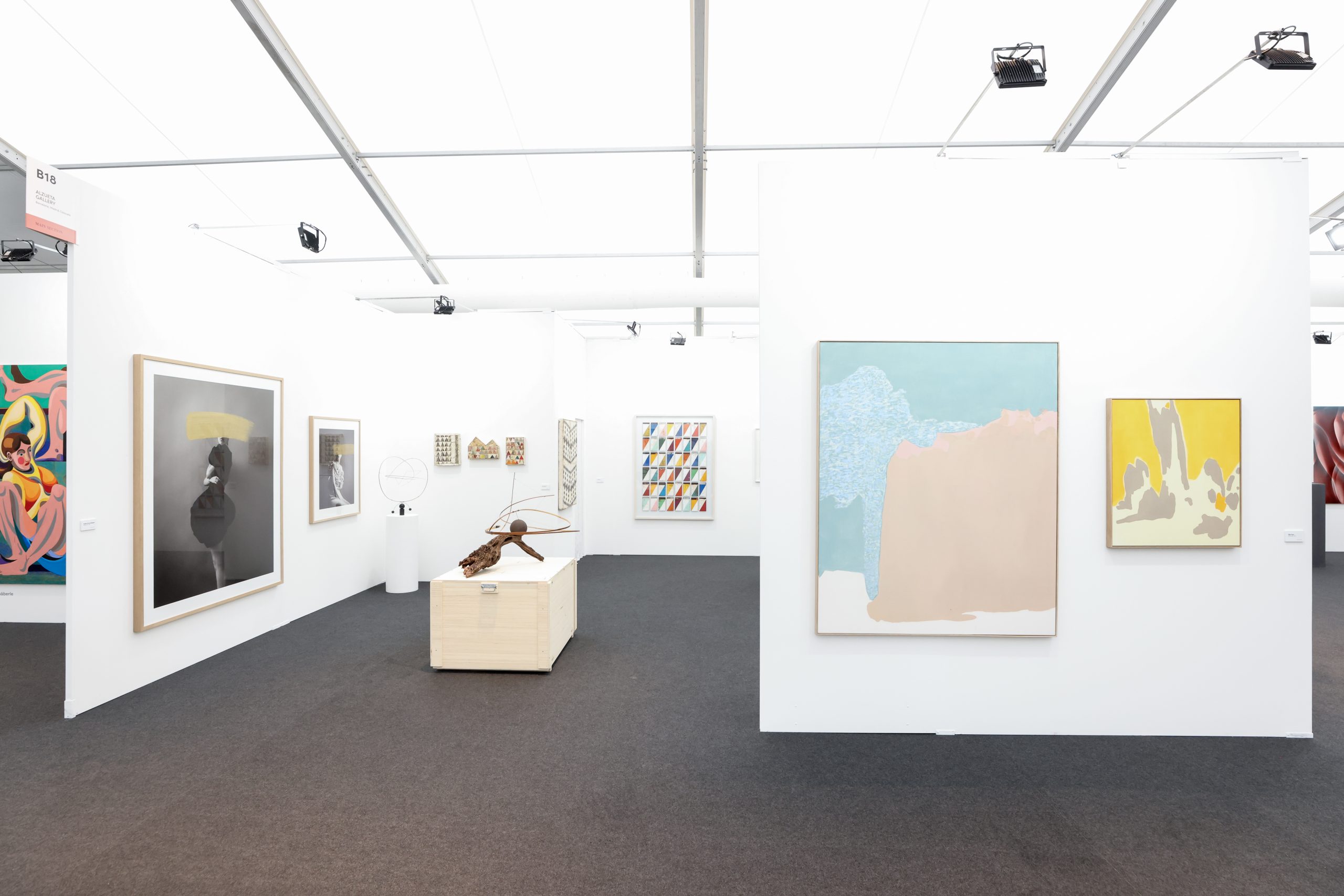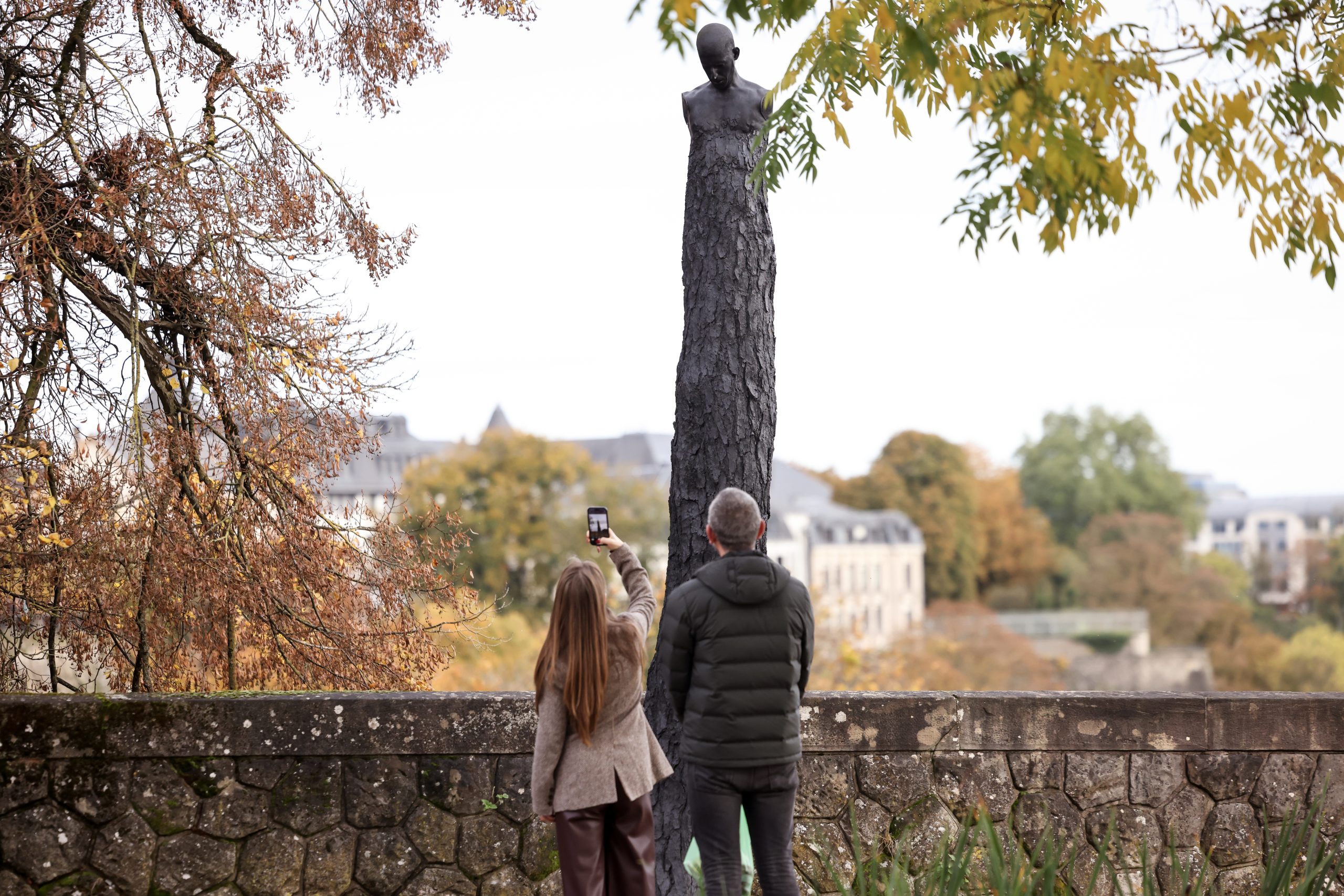Over the past decade, art fairs have multiplied at a dizzying pace. They have become unmissable events for collectors, gallerists, and art enthusiasts—a playground where those who buy, sell… and seek to be seen intersect.
But what explains this fascination? And, more importantly, what is the true purpose of these grand gatherings in the art world?
Seeing and Being Seen
Let’s admit it: saying you “were at Basel,” “stopped by Frieze,” or “seen in Paris” has become a form of cultural snobbery. Art fairs are as much about exchange as they are social showcases, where “seeing and being seen” is an integral part of the ritual.
Yet, reducing these events to their social dimension alone would be a mistake. Art fairs are also economic barometers and trend laboratories. They provide direct access to an international network of galleries and the opportunity to meet artists, who are often present during the fair. Such encounters are particularly valuable for contemporary art collectors, as personal proximity to living artists frequently motivates their acquisitions. Connections are forged between collectors, gallerists, and artists—relationships that are essential, as art is first and foremost purchased out of emotion and appreciation for the artist.
Taking the Market’s Temperature
An art fair is, above all, an instantaneous visual market. In a single location, more than a hundred galleries from around the world showcase their artists, test pricing, and gauge collectors’ reactions.
For some buyers, it is a moment to “shop the market”; for galleries, it is a strategic opportunity to assess market vitality, consolidate existing relationships, or establish new ones. Today, art fairs shape the economic rhythm of the sector as much as auctions or biennials.
Art Basel Paris recently closed its doors, and despite the contemporary art market facing challenges, collectors and enthusiasts were firmly in attendance. Record sales were achieved for certain blue-chip works, including Gerhard Richter’s Abstraktes Bild, sold by Hauser & Wirth for €23 million. Beyond these multi-million-euro transactions, the steady flow of smaller sales underscores current trends, with a new wave of art lovers making purchases for more modest sums, starting well below €10,000.
An Unrelenting Calendar
The art world operates in seasons, much like haute couture. From October to June, the “high season” unfolds: a succession of major sales, openings, biennials, and international fairs.
In summer, activity slows: the market enters a dormancy, galleries close for a few weeks, and collectors take a breath. Yet, for many stakeholders, these months are merely a pause between sprints. The fair calendar has become a global marathon: Art Basel, Frieze, Paris+, Miami, Hong Kong, Dubai… Dates run consecutively, often overlapping across continents with only days in between. This is the new endurance race of the art world, where visibility, reputation, and business are all at stake.
In Summary
Art fairs are no longer mere commercial exhibitions; they are the beating heart of a globalised market, blending prestige, opportunity, and strategy. Attending a fair means staying informed, networking, investing—and participating in a social ritual where every presence matters.
Do not miss Luxembourg’s major art fair of the year and the Greater Region: Luxembourg Art Week, taking place from 21 to 23 November 2025. Launched in 2015, this contemporary art fair works closely with leading regional institutions and benefits from the support of the Ministry of Culture, the City of Luxembourg, museums, art centres, and local galleries.
The season continues with the BRAFA Art Fair in Brussels, one of Europe’s most prestigious fairs, which brings together works from antiquity to contemporary art. It will be held at the Heysel from 25 January to 1 February 2026.
Read more articles:
What It Takes To Feel Wealthy In Luxembourg
Talk B17 × Forbes: Why Do We Collect And For Whom?
Discover Gault&Millau Luxembourg’s Top Dining Picks For 2026

